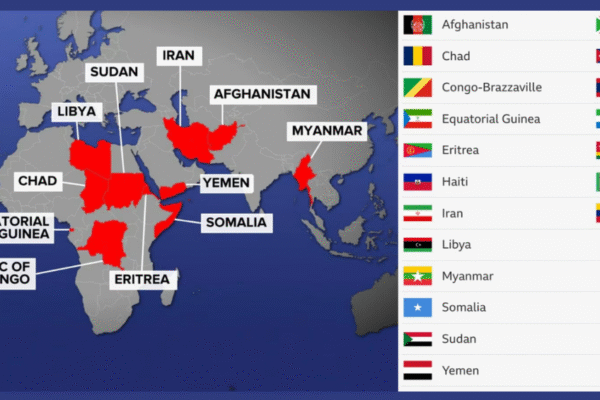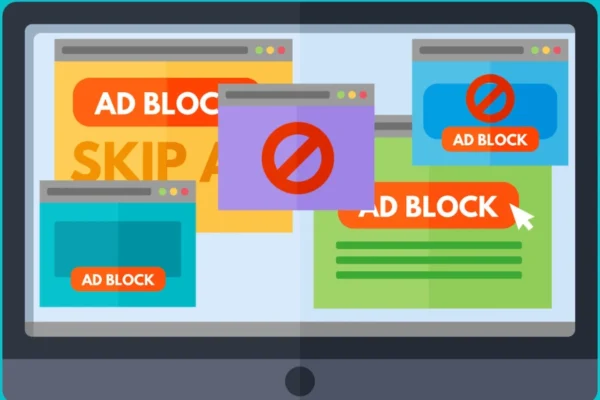The world of technology is changing fast, and so is who leads it. In recent years, the rise of girls in tech has been remarkable. From learning to code in middle school to building global companies as CEOs, young women are now shaping the digital world in powerful ways. This article explores how girls in tech are making a real impact—from innovative coding projects and leadership roles to bridging the gender gap and inspiring future generations. Whether you’re a student, parent, educator, or mentor, you’ll learn why supporting girls in tech benefits everyone.
1. What Does “Girls in Tech” Mean Today?
The phrase girls in tech covers a broad movement: girls and young women working in all areas of technology, including programming, engineering, UX design, data science, cybersecurity, hardware development, and leadership roles like tech entrepreneurship.
When we talk about girls in tech, we’re referring not just to coders, but also to the future CEOs, product leaders, and innovators who will shape the digital world. Because technology is everywhere—from apps and games to healthcare, finance, education, and environmental solutions—the rise of girls in tech means more diverse ideas, inclusive products, and better problem-solving for society.
2. Why the Rise of Girls in Tech Is Happening
Several trends are driving more girls toward tech fields:
2.1 Early Access to Coding and STEM Education
Coding classes, robotics clubs, and STEM camps for girls are now common in schools. Programs like Girls Who Code, Black Girls CODE, and TechGirlz offer hands-on learning that encourages girls to see themselves as technologists. When a girl discovers she can build a robot or design a website, she gains confidence—this is the starting point for the rise of girls in tech.
2.2 Role Models and Mentorship
Visible female tech leaders inspire young girls. When a teenager sees a woman CEO of a tech startup or a female lead engineer on a video, it shows that this path is possible. Mentorship programs connect girls to professionals who guide them. These role models empower the new generation of girls in tech.
2.3 Shifting Cultural Attitudes
Society is recognizing that technology isn’t just a man’s field. More campaigns and media stories highlight successful girls in tech, showing that innovation comes from diverse backgrounds. Schools and parents increasingly encourage girls to explore subjects like computer science and robotics.
2.4 Economic Opportunity
Tech skills are in high demand, and tech careers are among the fastest-growing and highest-paying. As young women see these opportunities, more families and schools support girls exploring science and tech. This fuels the launchpad for girls in tech as they pursue education in STEM and computer science.
3. How Girls in Tech Start Their Journey
3.1 Coding as a Beginner
Many girls first engage with tech through fun tools—Scratch, Code.org puzzles, Minecraft modding, or app-building platforms. These simple interfaces make coding approachable and playful. When girls experience the thrill of programming their own game or website, the spark for girls in tech is ignited.
3.2 High School Projects and Hackathons
High school girls now frequently join hackathons—intensive coding events where teams build apps or prototypes in a day or a weekend. Competitions like Technovation World Challenge, FIRST Robotics, or LeetCode contests encourage real-world problem-solving. At these events, girls in tech collaborate, learn from peers, and gain visibility.
3.3 College Pathways in Tech
As girls move toward college, many look for computer science, engineering, or data science programs. Organizations like the National Center for Women & Information Technology (NCWIT) offer scholarships and community support. College is where the rise of girls in tech often accelerates, as they gain majors, internships, and tech research opportunities.
3.4 Startups and Tech Leadership
Some talented girls launch startups even before graduation. Others intern at tech companies and rise through college leadership roles. As young women build experience, the transition from coder to leader crystallizes. This is where girls in tech become CEOs, CTOs, product managers, and tech innovators.
4. Challenges Faced by Girls in Tech
Despite clear progress, girls in tech still face obstacles:
4.1 Gender Stereotypes
Girls may still hear that tech is for boys. Stereotypes discourage participation early on. Overcoming this requires visible representation: showcasing more girls in tech in media, classrooms, and conferences.
4.2 Confidence Gap
Many girls underestimate their abilities in STEM, even when they excel. Programs promoting confidence, positive feedback, and peer support help strengthen the community of girls in tech.
4.3 Unequal Access
Girls in rural or under-resourced schools may lack computer labs, coding clubs, or reliable internet. Efforts to expand access make sure that the rise of girls in tech is inclusive and reaches marginalized communities.
4.4 Workplace Bias
Even in tech workplaces, women face bias in hiring, promotions, and recognition. When girls enter internships or early jobs, inclusive environments and policies help ensure girls in tech can grow into leadership.
5. Inspiring Stories of Girls in Tech
5.1 From Middle School Coder to Entrepreneur
Consider a girl who learned to code at age 12, built a school app, and by high school launched a tutoring startup. Now she’s the CEO of her own educational-tech platform. Her journey illustrates how girls in tech can go from coding hobbyists to startup founders.
5.2 High School Team Building AI Tools
A team of high school girls entered a national hackathon, built an AI-based health monitoring tool, and won top awards. They got mentorship, university scholarships, and media attention. Their success highlights how girls in tech are solving real problems with creativity and technical skill.
5.3 College Women Leading Big Tech Initiatives
In universities, many female students lead robotics teams, women-in-tech clubs, and campus hackathons. Some interns at major tech firms later rise to leadership roles. Their path shows how girls in tech steadily shape tech culture as they mature.
5.4 Global Representation
Across continents, girls are coding in remote villages, launching apps for local communities, and entering global competitions. Girls in tech are not just in Silicon Valley—they are everywhere, building diverse solutions for local problems: clean energy, agriculture, education, and health.
6. Programs and Communities Supporting Girls in Tech
Organizations that help foster the rise of girls in tech include:
-
Girls Who Code – clubs and programs that teach coding, computer science, and digital skills
-
Black Girls CODE focuses on empowering girls of color in tech
-
TechGirlz – provides workshops led by teens and young professionals
-
NCWIT Aspirations in Computing – recognizes high school girls’ tech achievements and connects them to mentors and scholarships
-
Women in Technology (WIT) chapters – professional communities offering events and networking
-
Local hackathons and tech meetups often include youth divisions, welcoming girls to compete and collaborate
These programs offer technical training, community support, mentorship, and inspiration—essential building blocks for girls tech at all levels.
7. How Schools and Parents Can Support Girls in Tech
7.1 Encourage Early Exploration
Schools can offer coding classes, robotics, and maker spaces. Parents can expose girls to STEM toys, online coding games, or tech-based science projects.
7.2 Promote Role Models
Invite female tech professionals to speak at schools or events. Share stories of influential women engineers, coders, or startup founders. When girls see leadership by other girls in tech, they feel empowered.
7.3 Provide Resources
Help girls access laptops, reliable internet, after-school coding clubs, and community workshops. Subsidize or seek scholarships for tech camps or hackathons.
7.4 Celebrate Achievements
Recognize coding projects, science fair entries, or hackathon participation. Celebrating milestones builds confidence for the next step in the journey of girls in tech.
7.5 Encourage Team Building
Girls often thrive in collaborative, supportive environments. Encourage team-based projects, girls-only coding teams, or mixed-gender brainstorming groups. Team events foster skills, friendships, and shared confidence.
8. Why the Rise of Girls in Tech Matters for Everyone
Why does the rise of girls in tech matter beyond schools or workplaces?
8.1 Drives Innovation
Diverse teams generate more creative solutions. When girls are part of product design, apps, and systems, they bring unique perspectives that lead to better innovation.
8.2 Promotes Equity
Closing gender gaps in tech ensures that career opportunities are fair and inclusive. The rise of girls in tech supports equity across industries and income levels.
8.3 Expands Workforce
Technology continues to grow exponentially. Meeting workforce needs requires more skilled professionals. Girls, tech expands the talent pool and meets demand in AI, cybersecurity, data, and more.
8.4 Solves Real‑World Problems
Girls and young women often create tech solutions for social issues: health, education, accessibility, and sustainability. When girls are tech leads, technology becomes more human‑centered and impactful.
Conclusion
The rise of girls in tech is more than a buzzword—it’s a movement redefining what tech looks like and who builds the future. From early coding lessons to launching startups and holding CEO titles, young women are changing the digital world for the better. While challenges still exist—like stereotypes and unequal access—programs, mentors, and community support are empowering girls to thrive.
By supporting girls in tech through education, encouragement, and representation, we all benefit: innovation increases, technology becomes more inclusive, and future leaders are stronger and more diverse. Every step—from offering coding tools to celebrating tech projects—helps girls grow into confident creators.
The next generation of tech is already here, and it includes more girls in tech than ever before. Let’s lift them up, give them tools, and watch them shape the digital world moving forward.








